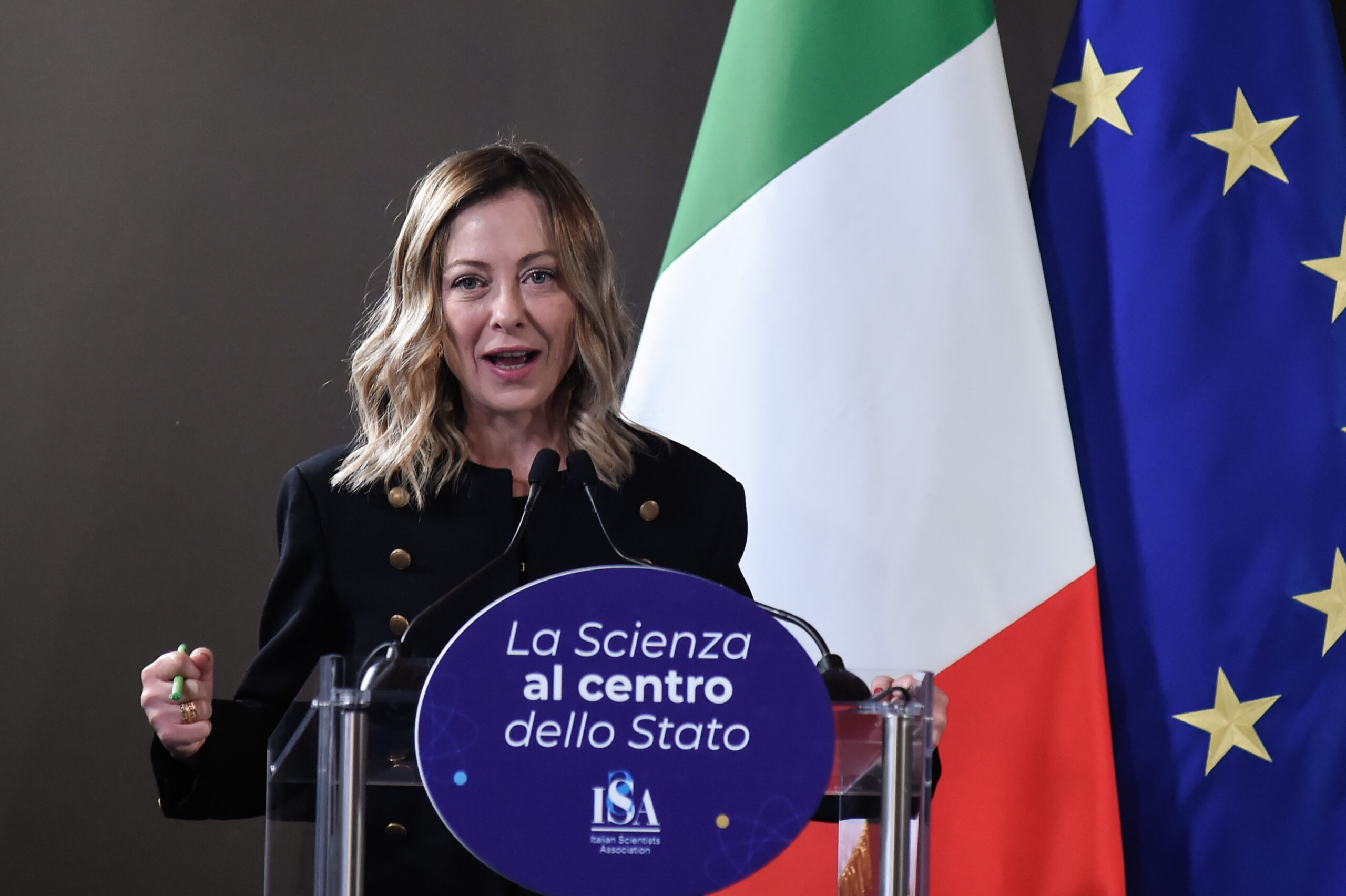What is in the Italian strategy for artificial intelligence

The bill on artificial intelligence is postponed: it was expected at the end of March, but will perhaps arrive in mid-April. The Italian strategy for AI sets ambitious objectives, but with what economic resources? Here's what we know
What will the government do about artificial intelligence?
The question seems destined to remain unanswered for a few more weeks because the expected bill in this regard is late: it was expected at the end of March, but will probably not be discussed by the Council of Ministers before mid-April, according to Il Sole 's reconstructions 24 hours .
THE DELAY OF THE AI DDL
The reason for the delay is the difficulty in finding an agreement on the regulations for the protection of copyright and for the fight against deep fakes (i.e. images, videos and audio created with artificial intelligence and usable as disinformation tools ), reconciling the Italian position with the European one: in March the European Parliament approved the AI Act , the community law that regulates the development and use of artificial intelligence systems.
There are two documents that will have to provide the government with ideas for the bill: one is the report on the impacts on information, coordinated by the Department for Information and Publishing which depends on Undersecretary Alberto Baracchini (Forza Italia); the other is the Italian Strategy for Artificial Intelligence 2024-2026 , coordinated by the Department for Digital Transformation headed by Undersecretary Alessio Butti (Brothers of Italy). Both structures are within the Presidency of the Council of Ministers.
As reported by Il Sole 24 Ore , Butti's department fears that too restrictive a regulation on artificial intelligence could put Italy at a competitive disadvantage compared to other European Union countries.
The decree should also divide the monitoring responsibilities on artificial intelligence between the Agency for Digital Italy and the National Cybersecurity Agency (both linked to the Council of Ministers), essentially leaving out the Privacy Guarantor (a independent authority).
WHAT THE ITALIAN STRATEGY FOR ARTIFICIAL INTELLIGENCE 2024-2026 INCLUDES
According to the text drawn up by the Department for Digital Transformation and Agid (Agency for Digital Italy), the Italian strategy for artificial intelligence consists of "a large unitary project" which will operate "in close synergy with the European community and international" to promote "a system of rules consistent with ethical principles and social responsibility" of this technology. The strategy is divided into four branches, each dedicated to a different sector: scientific research, public administration, businesses and training.
The document has a programmatic nature and sets relevant objectives, such as the financing of pilot initiatives on artificial intelligence on a national scale, the development of "highly ambitious and broad-spectrum (bluesky) projects", the definition of a plan for attracting talents from abroad, the support of an "AI-centered ecosystem" for businesses or even the promotion of university courses dedicated to this technology.
BUT WITH WHAT RESOURCES?
The strategy, it was said, is mainly of a general nature but also illustrates some more specific projects, for example:
- support Italian artificial intelligence startups through public and private capital;
- integrate artificial intelligence into public administration and train its employees;
- strengthen the national doctorate in Artificial Intelligence, co-financing scholarships for at least three further cycles and teaching activities;
- launch an "extraordinary plan" to hire specialized researchers trained through the PNRR initiatives;
- finance a "national repository [i.e. a data warehouse, ed. ] for the sharing and reuse of acquired datasets and models";
- fund research into next-generation artificial intelligence;
- create a financial fund to encourage the adoption of artificial intelligence in businesses;
- support startups and companies dealing with these technologies;
- establish a network of laboratories for the development of applications in industrial contexts;
- the establishment of an Artificial Intelligence Foundation, with its own fund, for monitoring and implementing the strategy.
The Foundation will be placed under the presidency of the Council of Ministers and will be the entity responsible for initiatives on artificial intelligence. Among its tasks are monitoring the progress of the various initiatives and managing "an adequate fund to make planning sustainable": it is not clear, however, how much this fund amounts to.
THE COMPARISON WITH THE SEMICONDUCTOR STRATEGY
On semiconductors – another technology considered critical for economic development – the Italian strategy for microelectronics makes use of a national fund of 3.3 billion euros by 2030, to which the latest budget law added a further 1 billion . These resources will serve to stimulate the development of the national supply chain along the entire value chain, from research to semiconductor manufacturing.
The strategy for microelectronics also includes the so-called Chips.IT Foundation of Pavia (Italian Center for the Design of Semiconductor Integrated Circuits, in full). The center will mainly deal with the design of microchips, i.e. the initial link in the supply chain : a very ambitious aim, however not matched by a substantial initial budget : just 185 million euros.
This is a machine translation from Italian language of a post published on Start Magazine at the URL https://www.startmag.it/innovazione/strategia-italiana-intelligenza-artificiale-2024-2026/ on Mon, 08 Apr 2024 10:47:39 +0000.
